The parsnip arrived in the United States back in the 1600s, but it still hasn't gained the popularity that it enjoys in Europe. It is a cream-colored root vegetable with a carrot-like crunch that tastes sweet and spicy. You can boil, bake, steam, or add it to casseroles and soups. Roasted parsnips caramelize deliciously and have a sweet, honey-like taste, which makes a lovely side dish next to roasted meat.
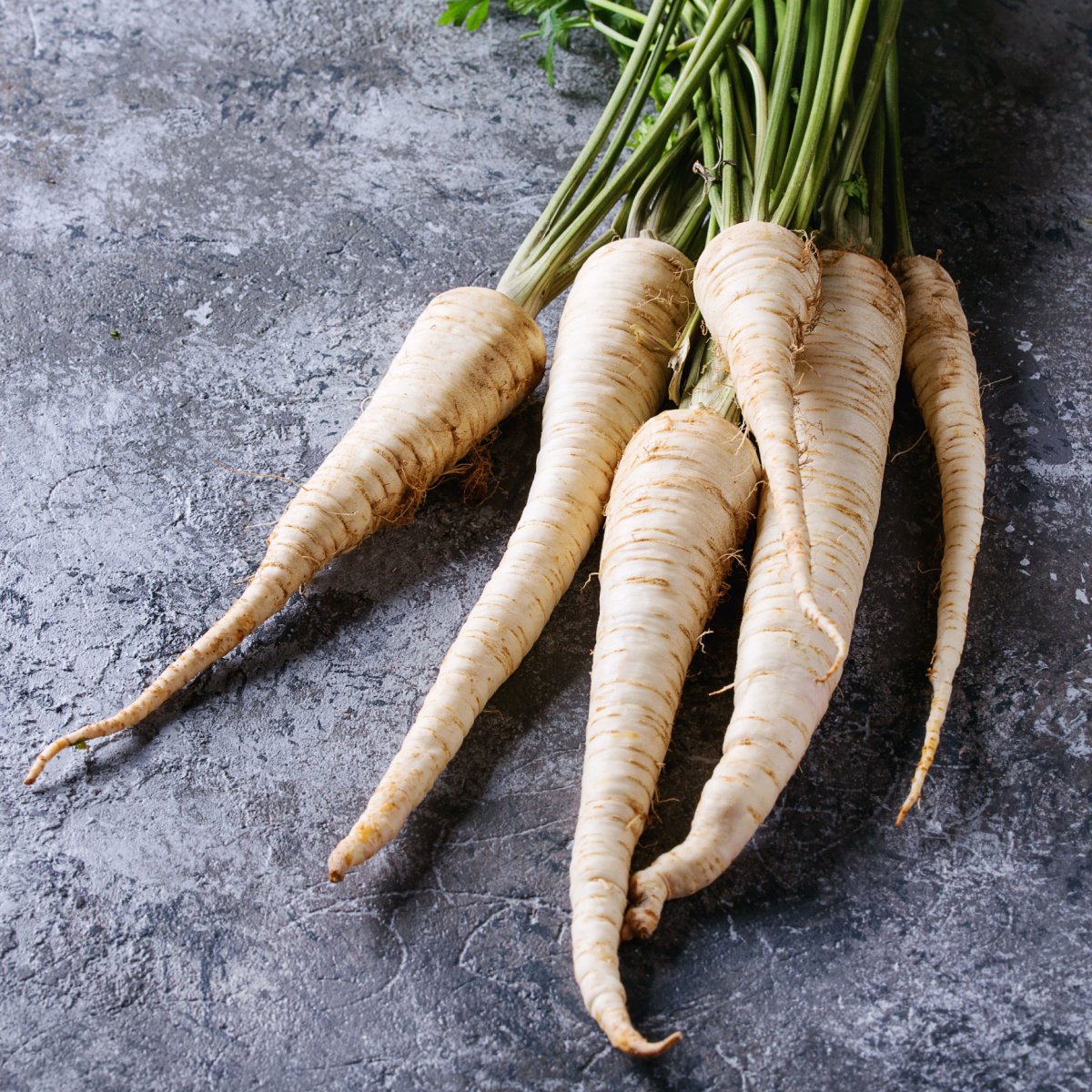
If you don't enjoy the taste of parsnips or you can't find any at your local supermarket, then you're going to need a replacement. We have compiled a list of suitable parsnip substitutes so that you can complete any recipe that calls for them. Let's get started.
Table of Contents
What is a good parsnip substitute?
To replace parsnip in cooking, use parsley roots, carrots, or turnips as your best options. Salsify, arracacha, celeriac, and sweet potato are also suitable ingredients and won't taste out of place in most recipes.
| Vegetable | Rating | Notes |
|---|---|---|
| Parsley Roots | ☆☆☆☆☆ | Similar, but can be tricky to find. |
| Carrots | ☆☆☆☆☆ | Visually similar but sweeter and less spicy. |
| Turnips | ☆☆☆☆☆ | Less sweetness. |
| Salsify | ☆☆☆☆ | Cylinder-shaped and oyster-like flavor. |
| Arracacha | ☆☆☆☆ | Slightly sweet and nutty. |
| Celeriac | ☆☆☆ | Has celery undertone. |
| Sweet Potato | ☆☆☆ | Soft texture once cooked. |
1. Parsley Roots
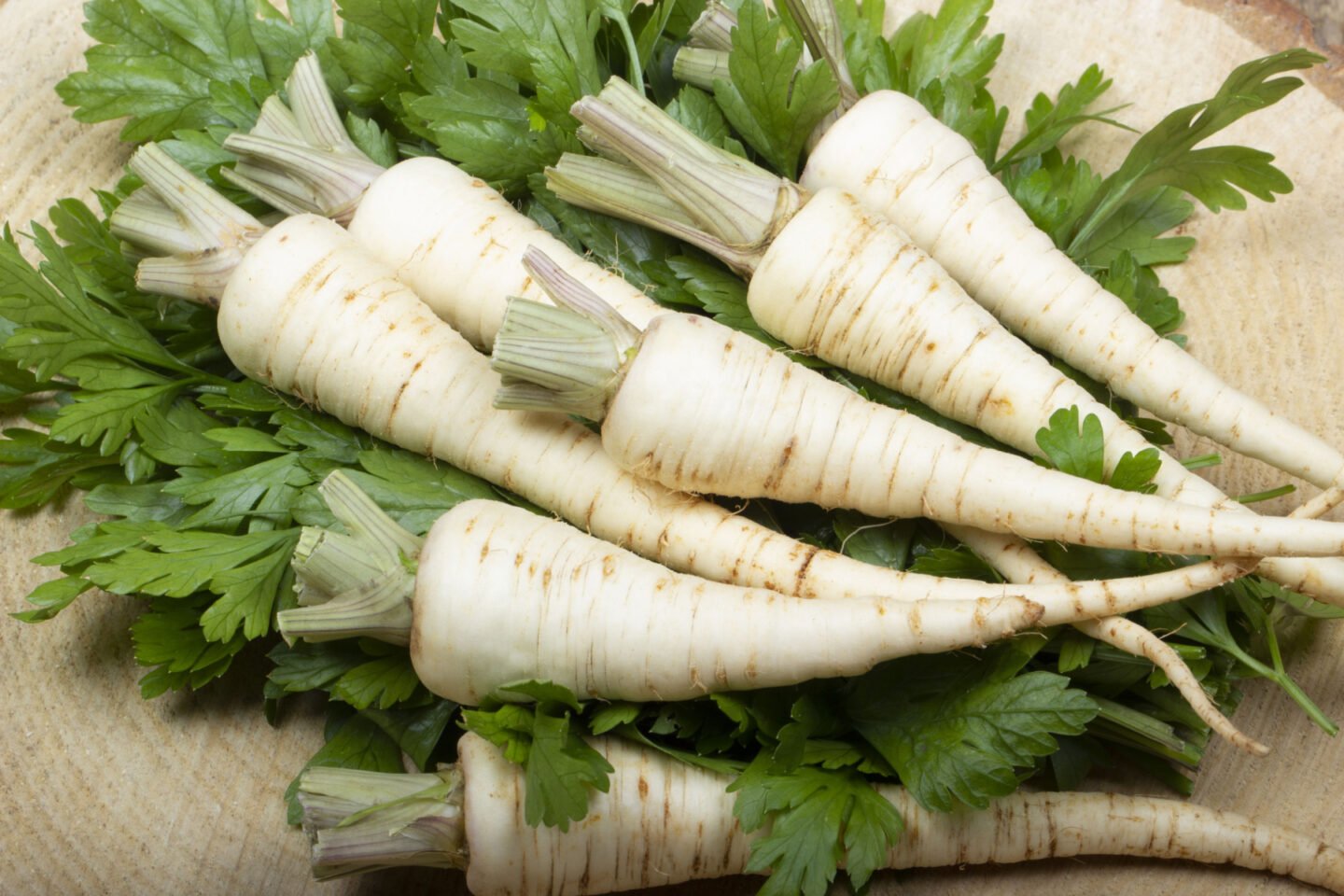
You could be forgiven for mistaking a parsley root for a parsnip, as they look very similar, especially the root. If you're trying to replicate the starchy texture that you get from a parsnip, then the parsley root is a great option. You will notice, though, that the taste of parsley root is sweeter and milder; some consider it to be a cross between celery and parsley.
Use the roots in any baked, roasted, or fried dish. Although parsnips aren't eaten raw, you will find that parsley root can be diced and tossed into a fresh salad - it will add a delicious crunch and sweetness. In modern cooking, one of the most common uses for parsnip is to create a luxurious, rich purée. The parsley root is perfect for this job and its pleasing aroma also makes it a good addition to mashes and soups.
The biggest challenge when using parsley root is finding them. Few greengrocers or supermarkets sell this produce so you'll have to check at local farmer markets or consider growing your own.
2. Carrots
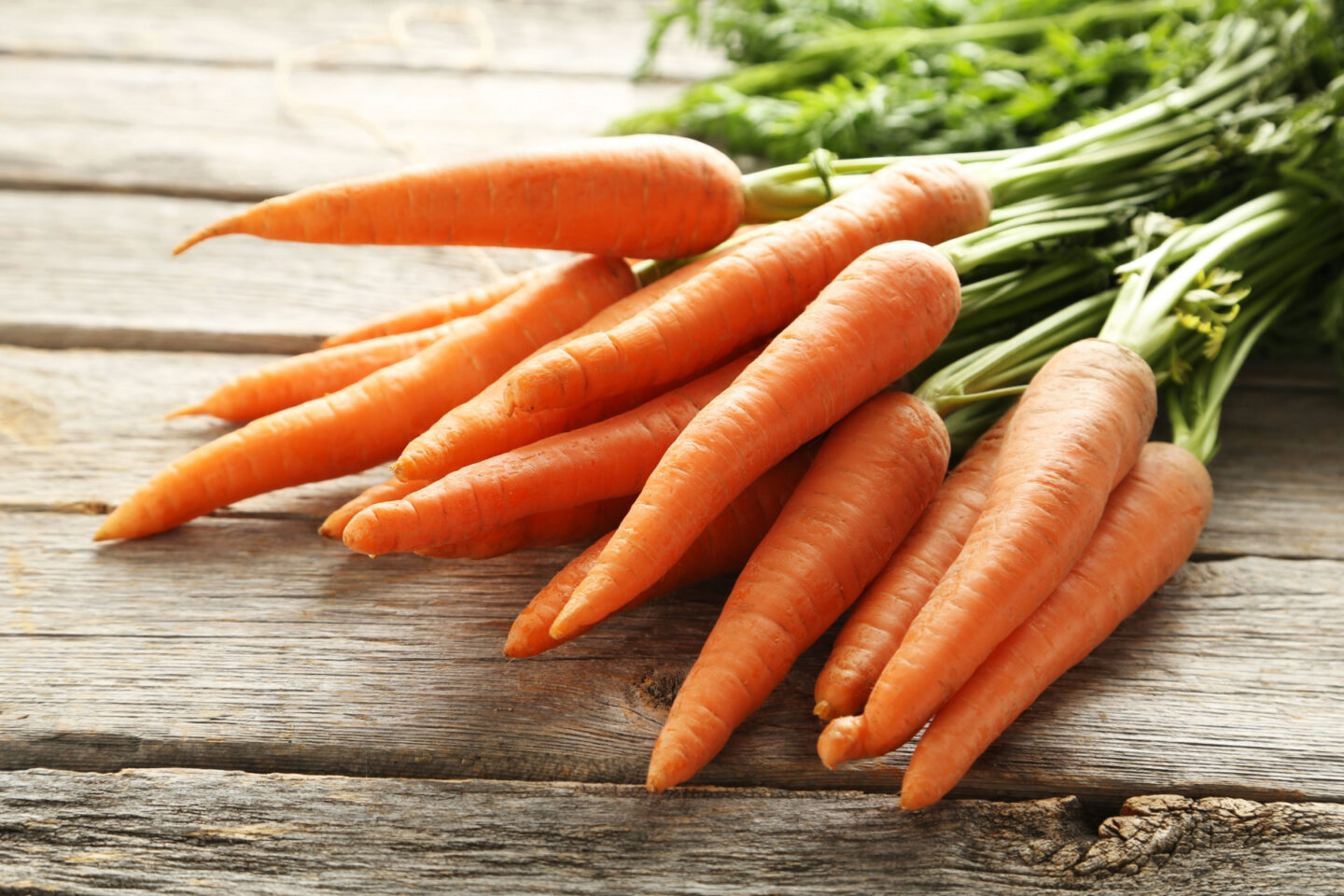
Most people reading this article will have tasted a carrot, so we won't go into detail about its flavor and texture. They look like a parsnip with a similar crunchy texture when raw. As a side dish, roasted, sautéed in garlic, and then puréed, carrots are a wonderful alternative to parsnips.
Their flavor doesn't perfectly mimic the original ingredient; you will find that it is sweeter and milder, with a less pronounced spicy flavor. However, we think it is still one of the best replacements on this list.
3. Turnips
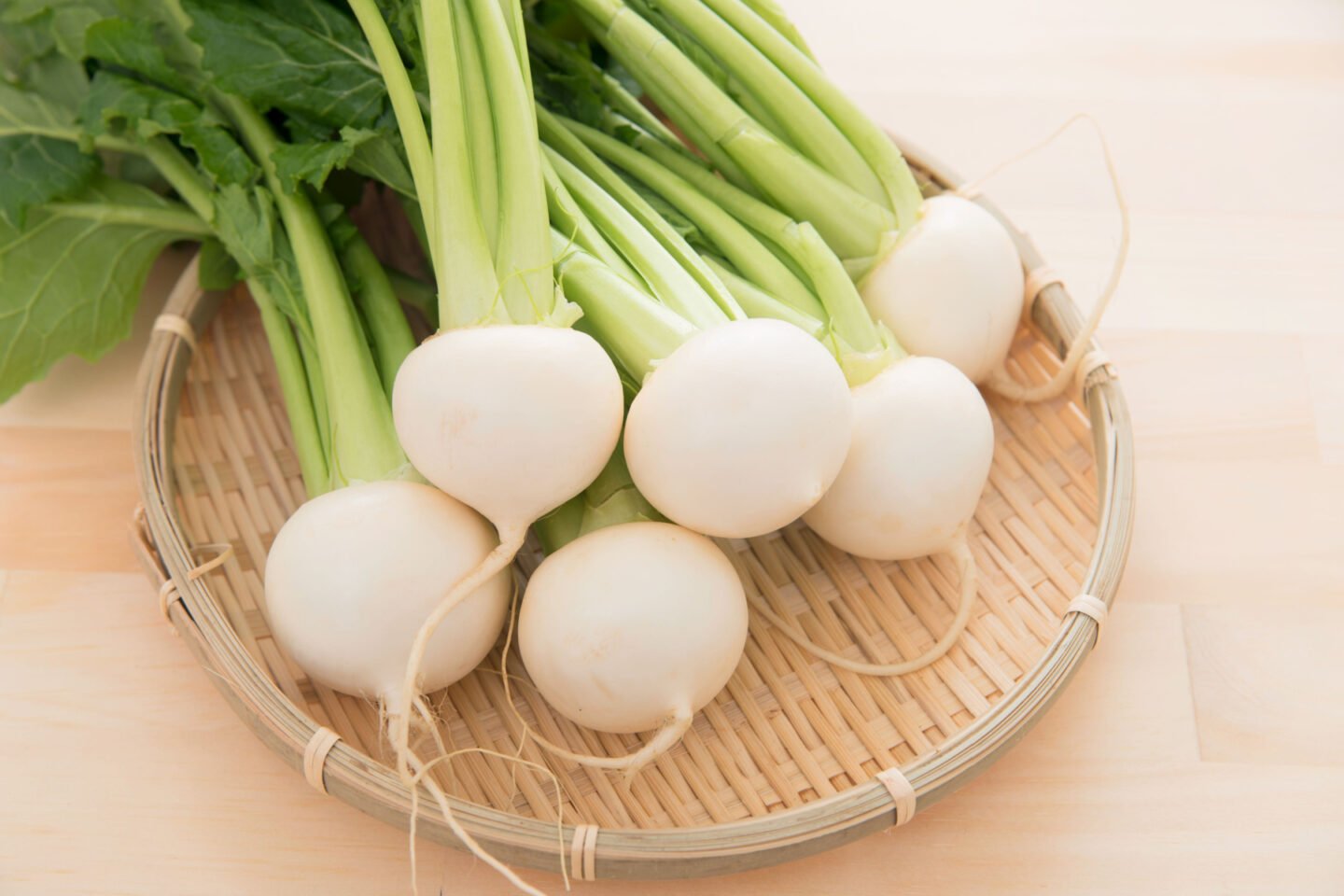
Turnips are another root vegetable with a taste that combines the flavor of radish and cabbage. The crispy white flesh has a mild, peppery flavor and a sweet undertone. If you're going to use turnip as a substitute, then we recommend choosing succulent young new-season vegetables that haven't had the chance to develop too much bitter taste.
Turnips are excellent mashed, steamed, or roasted and can also be diced and added to a stir fry. Keep in mind that they are from the Brassica rapa family and won't have the same level of sweetness that you can get from a parsnip. To allow for this, you may want to create a sweet sauce such as a honey glaze to drizzle over the turnips. This will more than make up for the lack of sweetness.
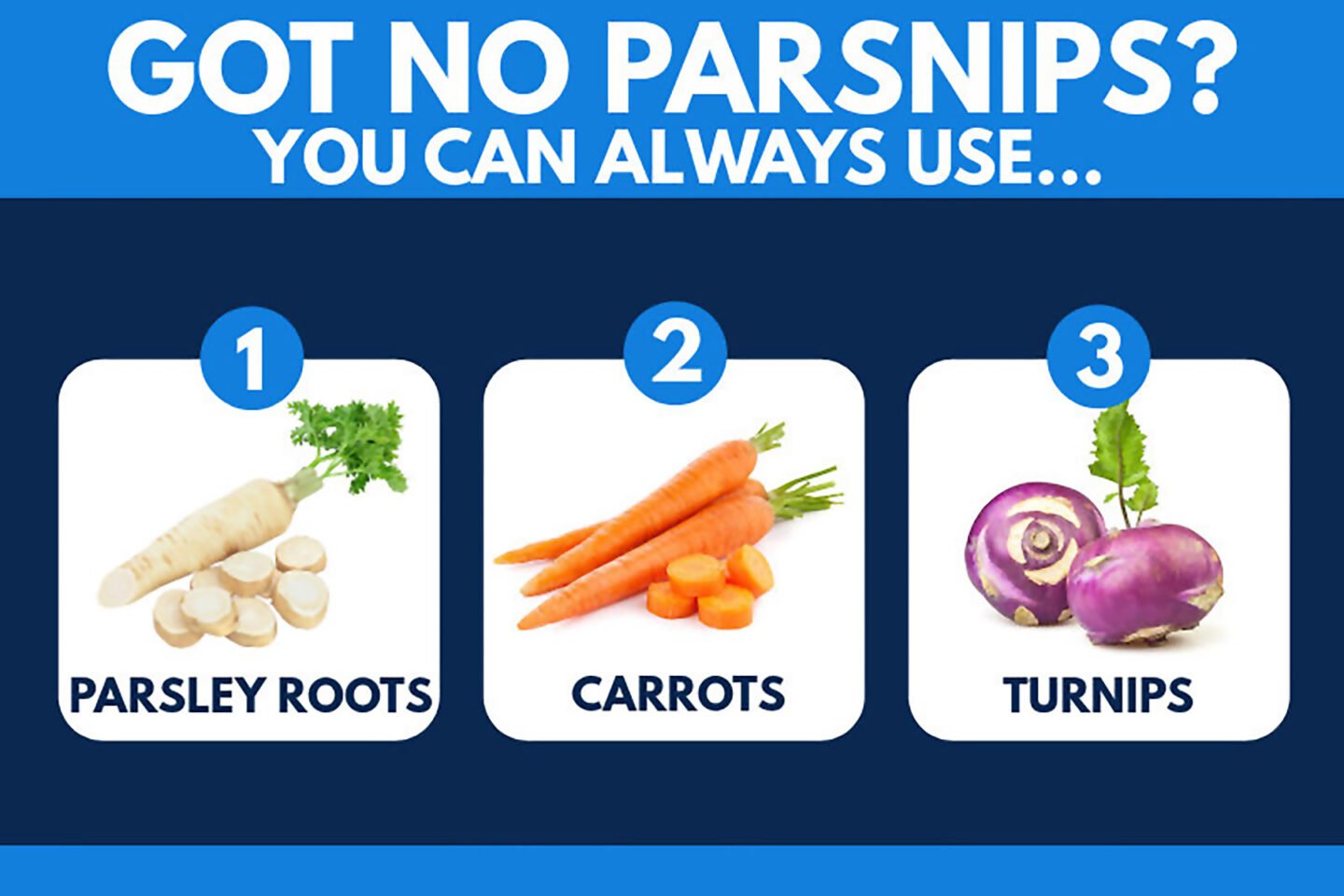
Related reading: What are the best rutabaga substitutes?
4. Salsify
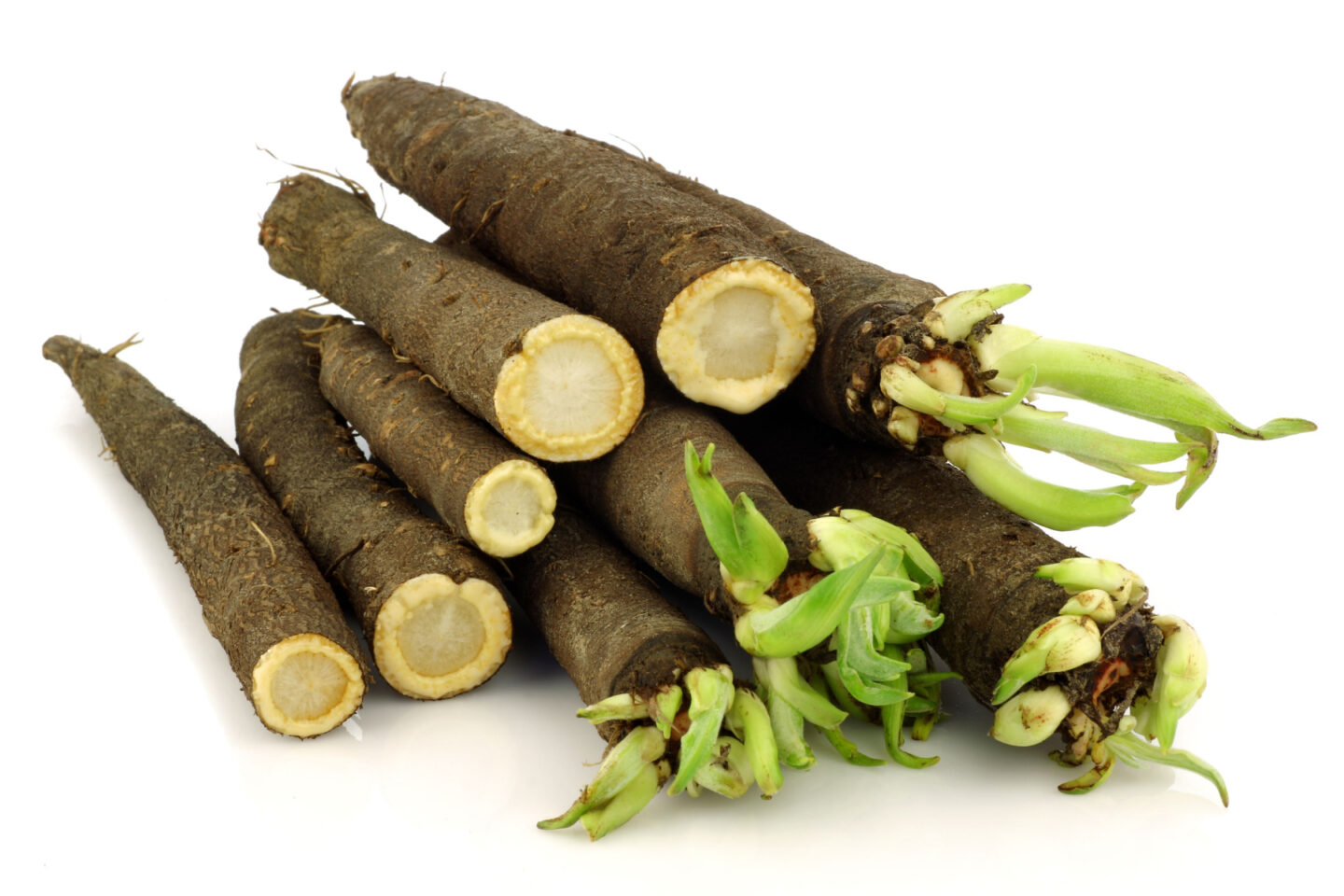
Salsify is another root vegetable and is a more popular option in Europe than the United States. It has a unique cylindrical shape with a brown exterior and white center. Salsify is also known as the oyster plant as its flavor is very similar to oysters. If you're going to use this vegetable as an alternative to parsnip, then boil it and then peel the vegetable after you cook it. They are delicious served with a creamy white sauce. You could also mash the root with butter.
5. Arracacha
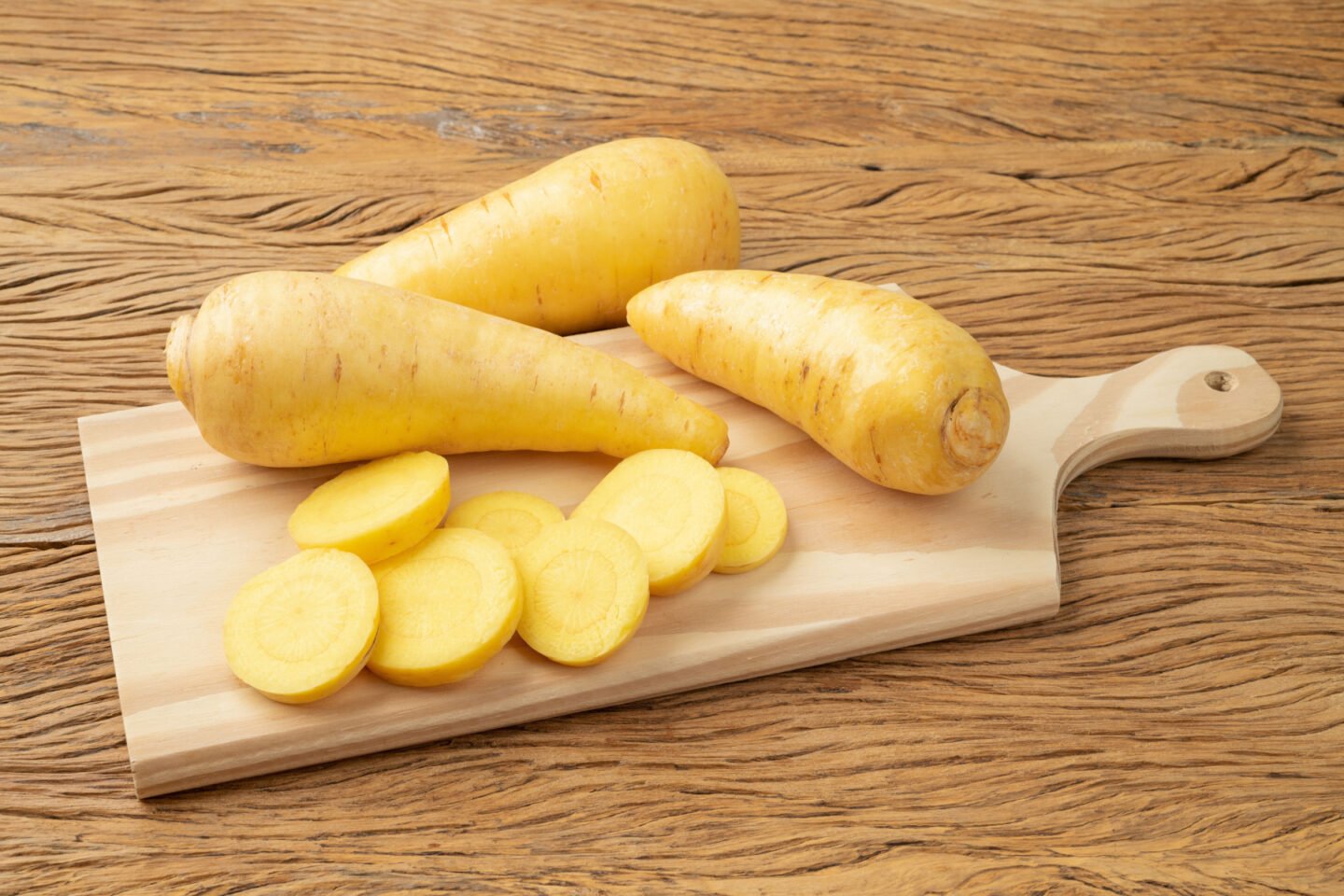
People consider arracacha as the Peruvian parsnip, which is a perennial vegetable native to the Andes. Once cooked, it has a distinctive aroma and a slightly sweet and nutty flavor. People often compare it to a mix of cabbage, celery, and roasted chestnuts.
Like the parsnip, it should not be eaten raw. Instead, you can fry, boil or bake the starchy root, then serve as a side dish or blend them into a purée. Arracachas can also be used as a filling in gnocchi, dumplings, and pastries.
Like the parsley root, arracacha can be a challenge to find in many Western countries and regions with a temperate climate. This vegetable grows well in Brazil and other countries that have warm weather with high rainfall. Outside of these areas we recommend searching online for sellers as you probably won't find it in mainstream stores.
6. Celeriac
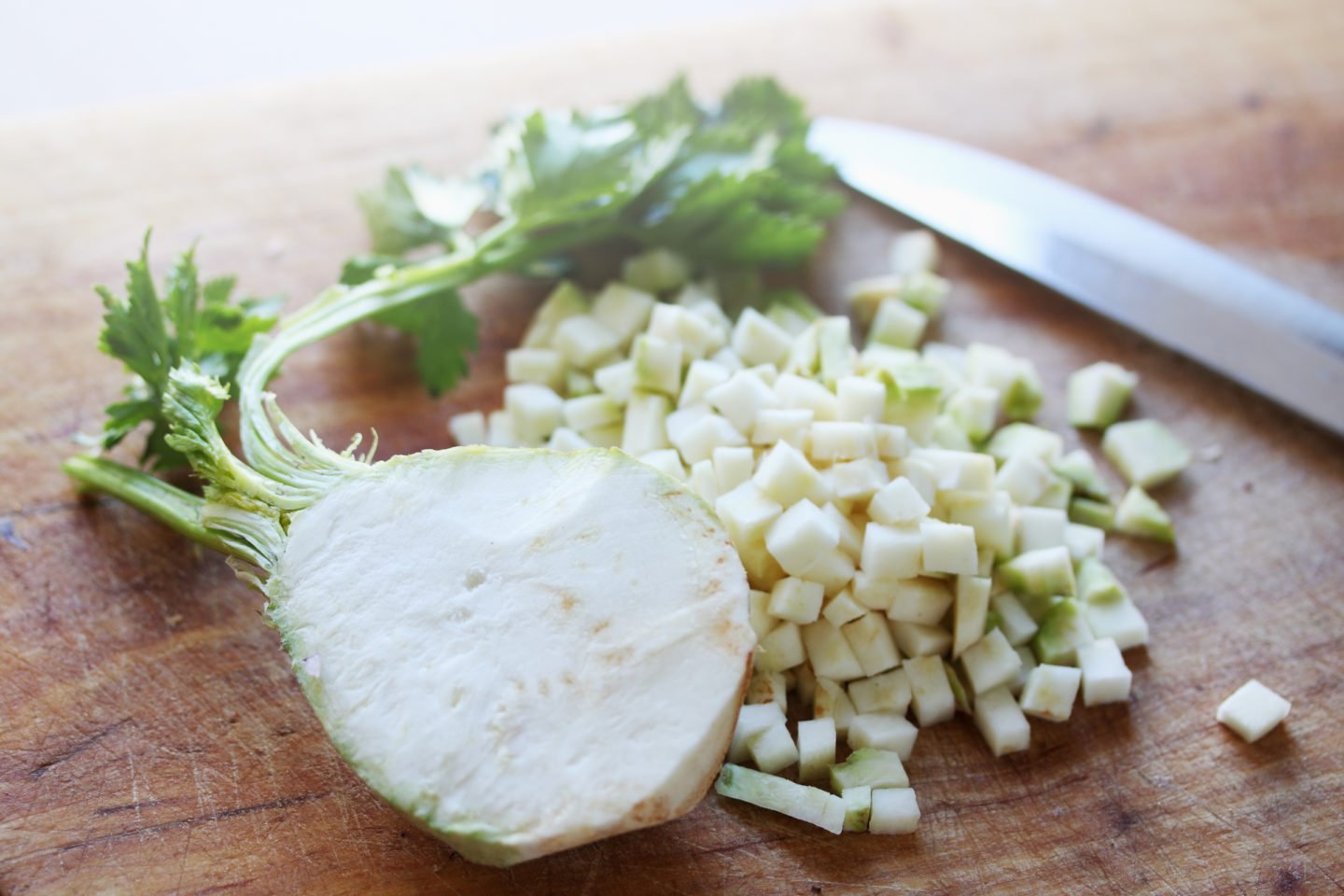
Celeriac is also known as celery root and has a starchy flesh with an earthy flavor. It is similar to celery although it also has a nutty taste to it. Although celeriac has a flavor profile closer to a turnip than a parsnip, it is perfect for processing into a purée and for use in hearty recipes that benefit from slow-cooked winter vegetables. Casseroles, soups, and even the French classic ratatouille help develop the vegetable's sweetness as it cooks. Recipes that call for parsnip will also work well when celeriac is added.
7. Sweet Potato
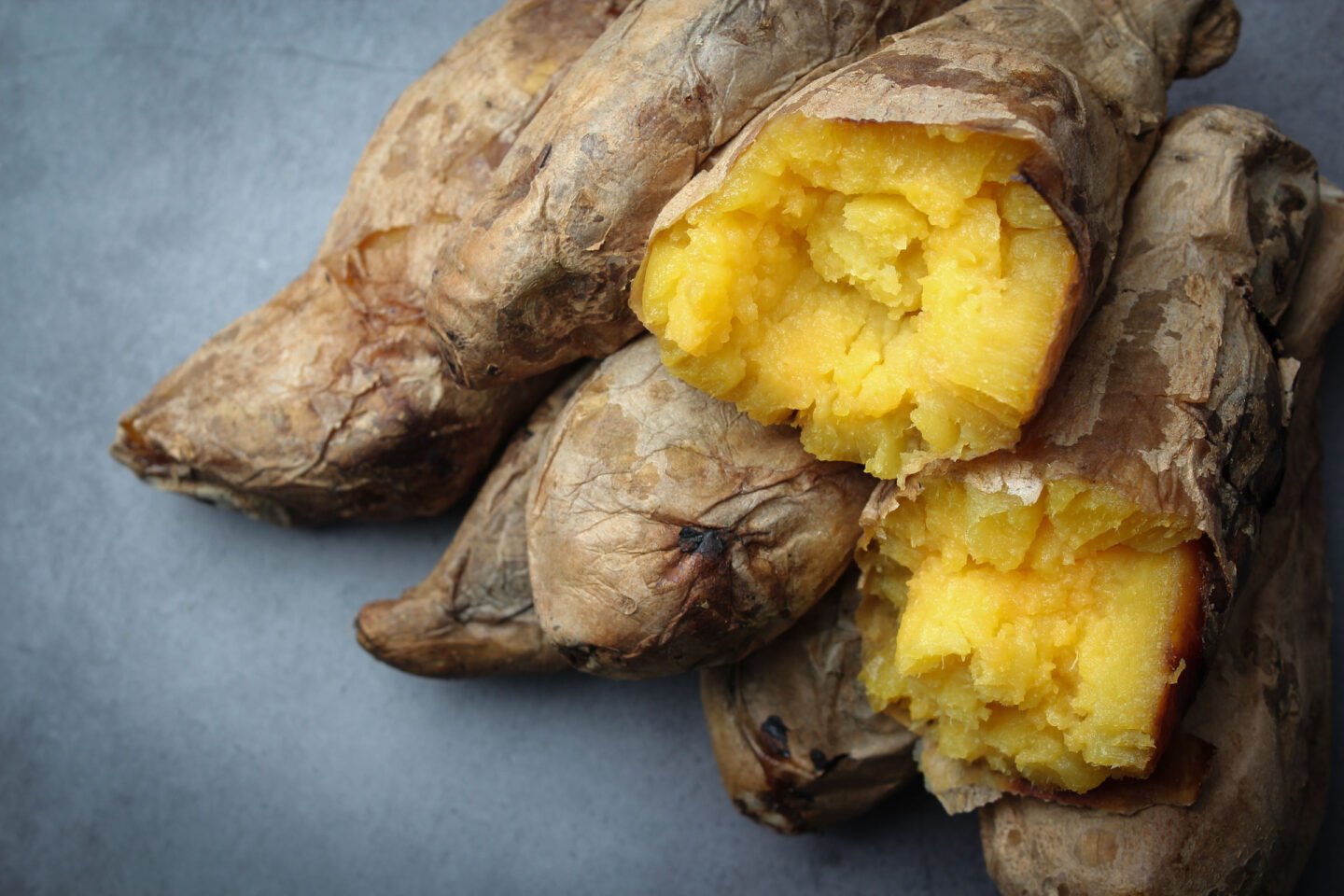
Sweet potatoes have a softer texture than a parsnip, but it is still an excellent sweet, starchy vegetable that's perfect for mashing.
If you have better access to taro than you do sweet potatoes, then this will also work well in your savory cooking. We wrote an interesting article comparing taro and ube. So be sure to check it out if you don't know the difference between the two.
Related reading:
What are the best daikon radish substitutes?
Summing Up
While we love parsnips here at Tastylicious, it would be fair to say that some people loathe them. We think it's because they look like carrots. But when you taste them, they lack that sweetness and have an unexpected spiciness. Whatever your reason for needing a substitute for parsnip, you can use parsley roots, carrots, or turnips as your best options. Salsify, arracacha, celeriac, and sweet potato are also suitable ingredients and won't taste out of place in most recipes.
Are you looking to replace parsnips because you don’t enjoy their taste? Let us know in the comments below what it is that you dislike (or like) about these vegetables.

Leave a Reply